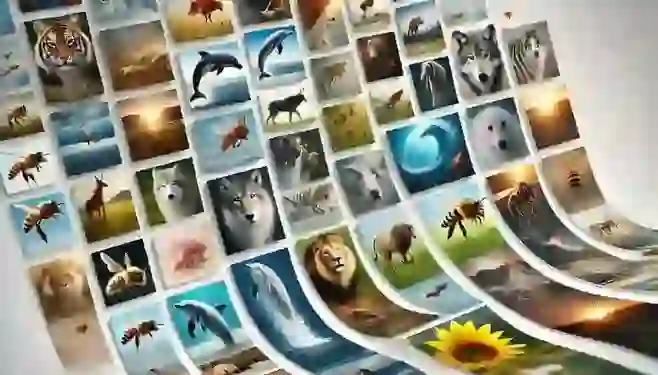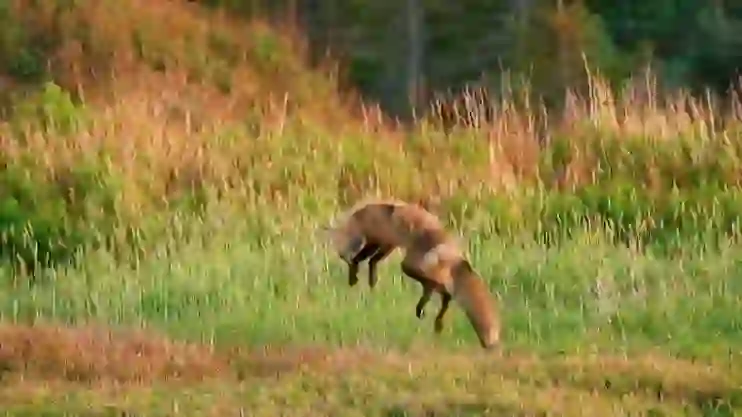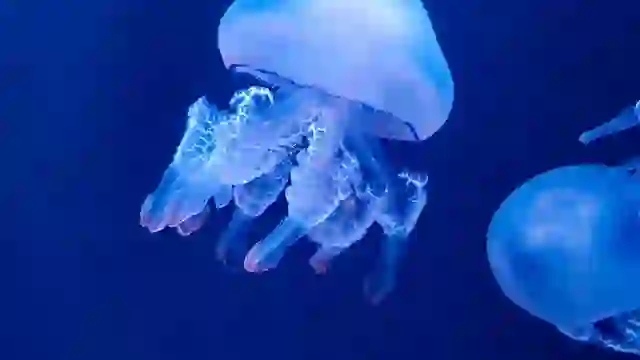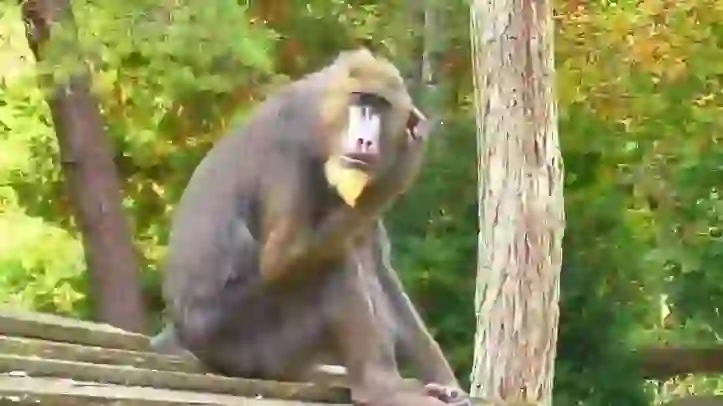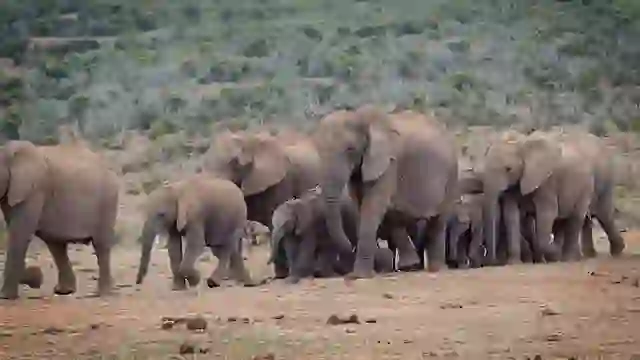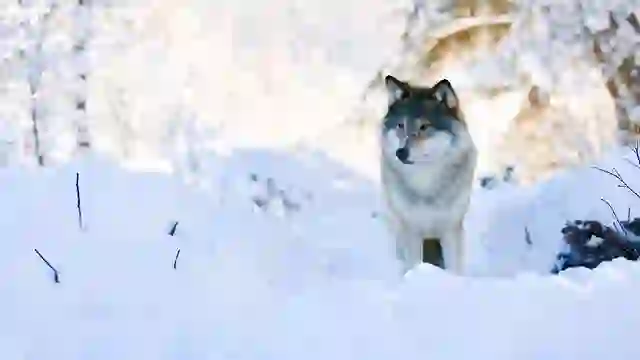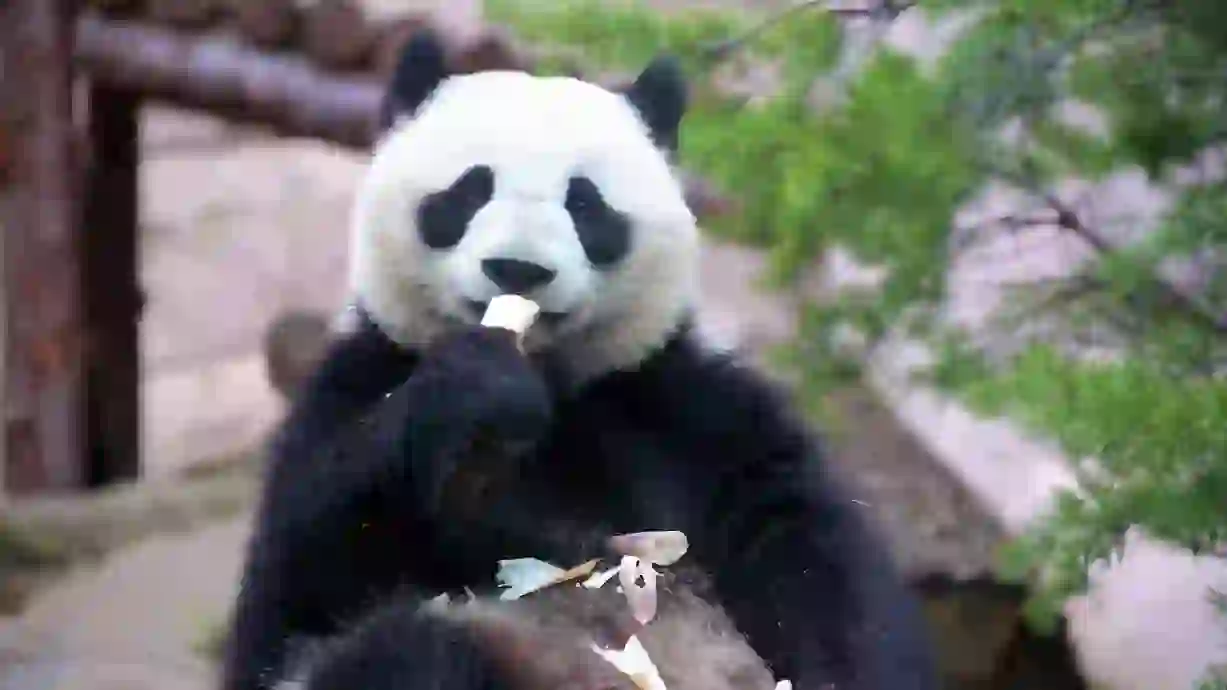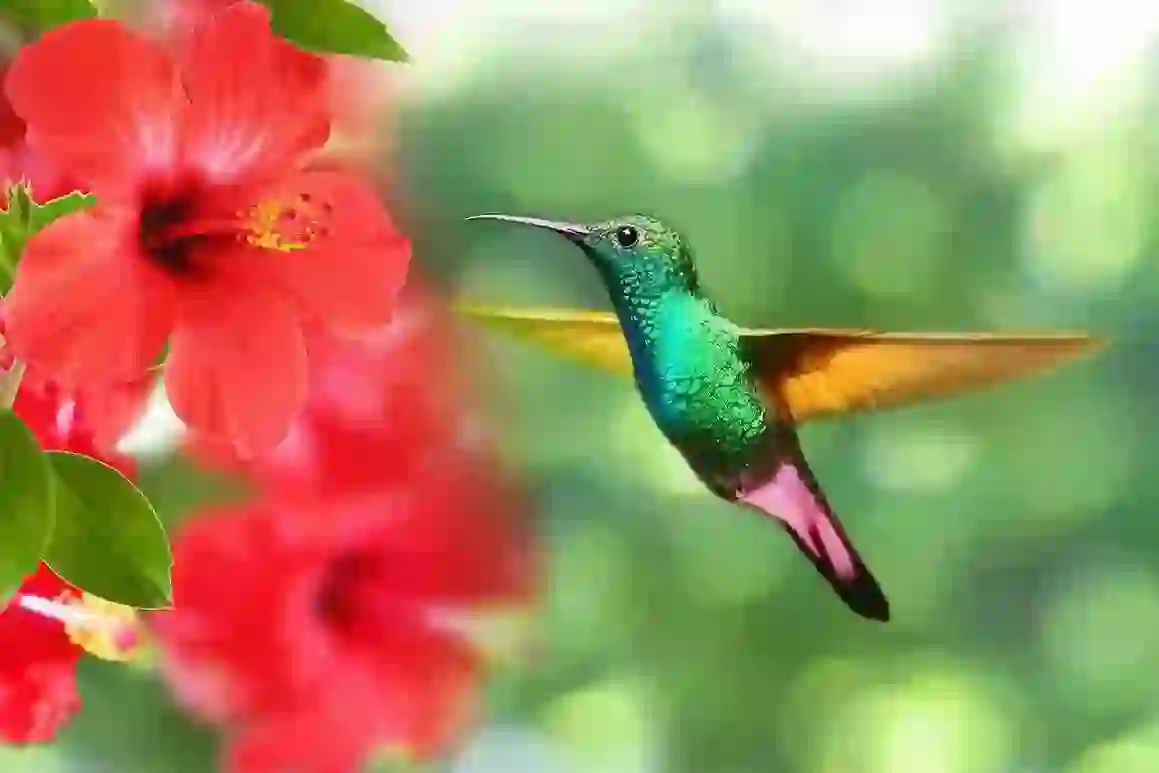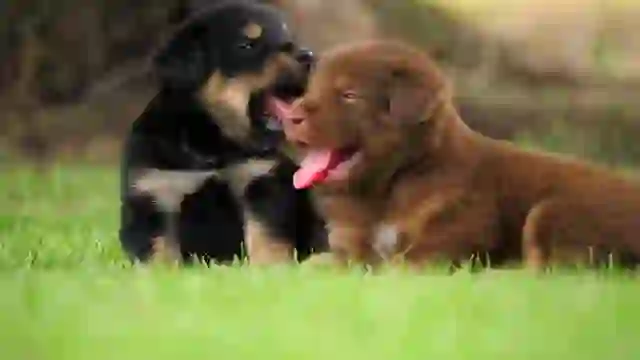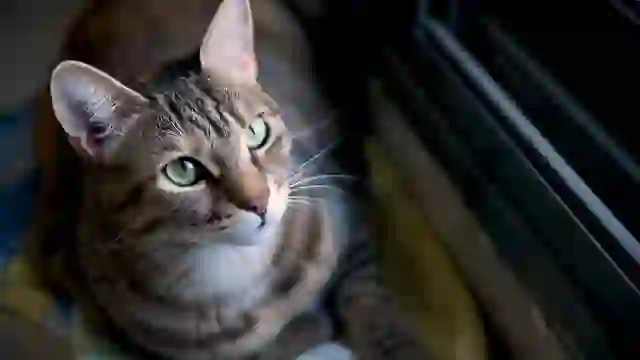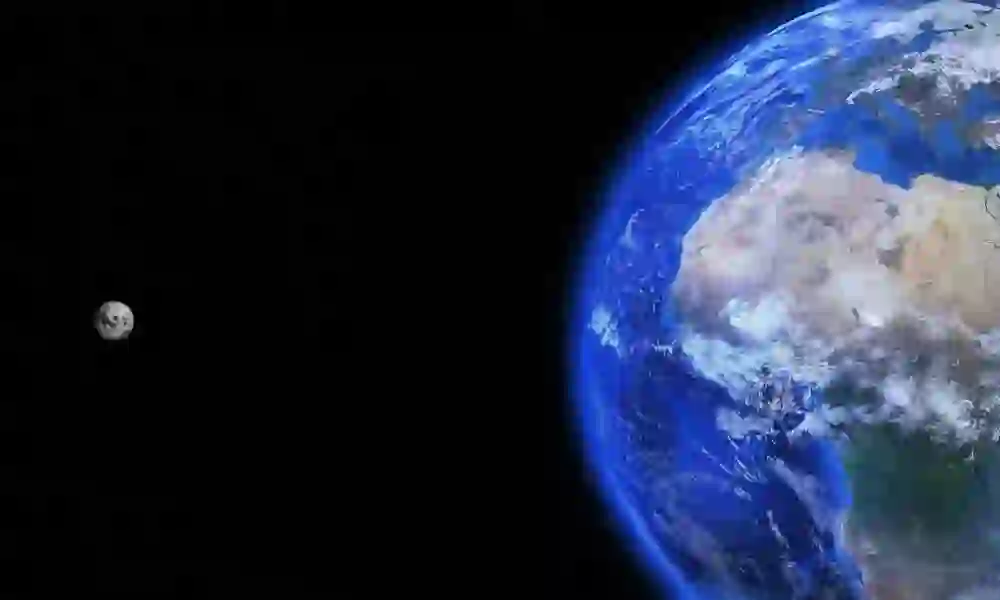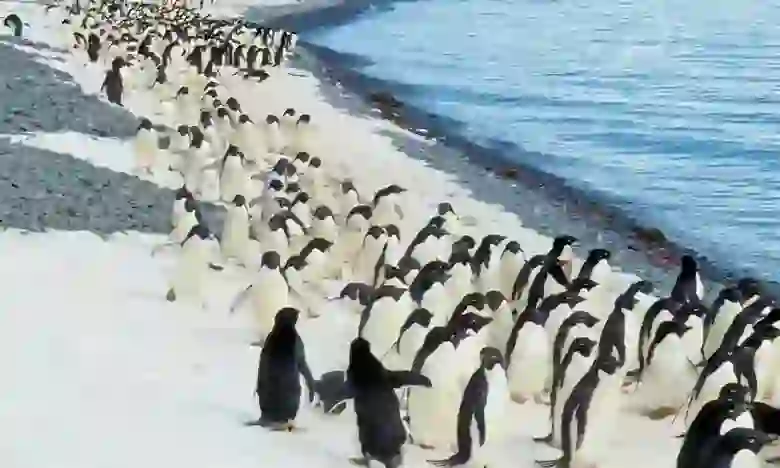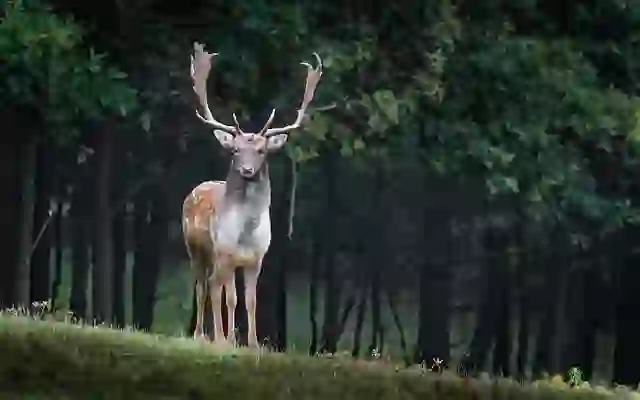
Cape Vulture
Cape Vulture
Cape Vulture
Soaring high above the skies of South Africa, the Cape vulture commands attention with its impressive size. These magnificent birds, known for their role as nature's cleanup crew, play a crucial role in maintaining the balance of the ecosystem. Let's explore the fascinating ecology of the Cape vulture, the threats they face, and the efforts being made to protect them.
Cape Vulture Basic Infomation
.webp?alt=media)
| Property | Value |
|---|---|
| Scientific Name | Gyps coprotheres |
| Taxonomic Status | SPECIES |
| Rank | SPECIES |
| Vernacular Names | Cape Vulture, Cape Griffon |
| Kingdom | Animalia |
| Phylum | Chordata |
| Class | Aves |
| Order | Accipitriformes |
| Family | Accipitridae |
| Genus | Gyps |
| Habitats | South Africa, Lesotho |
| Conservation Status | Endangered (EN) |
.webp?alt=media)
Size
They are about 38 to 45 inches (96 to 115 centimeters) long with a wingspan of about 7.5 to 9.5 feet (2.3 to 2.9 meters). They weigh about 15.4 to 24.3 pounds (7 to 11 kilograms). Females are larger than males.
.webp?alt=media)
Lifespan
Their lifespan in the wild is estimated to be about 25 years.
.webp?alt=media)
Distribution
They are found in South Africa and Lesotho, preferring cliffs and rocky areas. They live in colonies.
Cape Vulture Q&A
.webp?alt=media)
What kind of vulture is the Cape vulture?
The Cape vulture is a large bird of prey belonging to the genus Gyps.
They are the largest vultures in South Africa, with an impressive size and powerful presence. They play a vital role in nature as scavengers, consuming the carcasses of dead animals. They use their sharp beaks to tear flesh from carcasses and can also crush bones. In English, they are called 'Cape Vulture' or 'Cape Griffon.' They are often solitary, but may congregate in groups of a few to several dozen individuals. They build their nests on cliffs or rocky ledges. The nests are made from branches, leaves, and other materials, and the female usually lays a single egg. The egg hatches after about 56 days, and the chick fledges after about 150 days. Both parents participate in raising their young.
.webp?alt=media)
What do Cape vultures eat?
Cape vultures primarily feed on carrion, the carcasses of dead animals. They rarely attack live animals.
They use their sharp beaks to tear through the hide and flesh of carcasses. They are also capable of crushing bones. They prefer to feed on the carcasses of large mammals, such as wildebeest, zebra, and buffalo, and will descend from the sky to feed when they spot these remains. They often cooperate with other vultures while feeding. After other vultures have consumed the skin and flesh, Cape vultures will feed on the remaining bones. They are particularly skilled at consuming bones.
.webp?alt=media)
[Quiz!] How far can a Cape vulture fly?
Cape vultures are known for their ability to fly long distances.
They can cover hundreds of kilometers in a single day while searching for food. They also engage in seasonal movements, traveling hundreds of kilometers to areas with more abundant food sources during the dry season.
.webp?alt=media)
[Quiz!] Why are Cape vultures endangered?
The Cape vulture is listed as 'Endangered' (EN) on the IUCN (International Union for Conservation of Nature) Red List.
Their numbers have been declining rapidly in recent years and they are facing a severe threat of extinction. The main reasons for their decline are human activities:
・Habitat loss: Human development is encroaching on their savanna and grassland habitats.
・Poaching: Their feathers, talons, and beaks are highly valued in the illegal wildlife trade.
・Poisoning: They can be poisoned by consuming pesticides or poisoned bait.
・Collisions with power lines: They are often killed by collisions with power lines.
To protect Cape vultures, it is crucial to conserve their habitat, prevent poaching, regulate the use of poisons, and mitigate collisions with power lines. We must also be aware of the current situation of Cape vultures and take action to protect them.
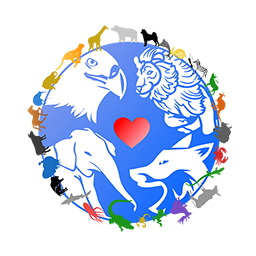
Would you like to become a part of the 'Animalbook.jp'?
Turn your knowledge into Q&A and share it with the world. ※Publication will be activated after purchase. Let's share information together!
Cape Vulture Type of List
.webp?alt=media)
Efforts to Protect Cape Vultures
- Establishment of protected areas
- Strengthening law enforcement against poaching
- Regulation of the use of poisons
- Mitigating collisions with power lines
- Public awareness campaigns
- Captive breeding and reintroduction programs
Information
Congratulations! You are the first commenter!

Create Your Favorite List!
Cape Vulture
Save the animals you love! Build your own list to quickly revisit your favorites later.

Would you like to leave a comment?
※Please note: This is for the purchase of rights to post comments within the article.
Find Your Favorites!
Our shop offers a unique and attractive selection of goods themed around various animals.
Cape Vulture References
Cape Vulture Introduction of media used
.webp?alt=media)
Francesco Veronesi from Italy, CC BY-SA 2.0, via Wikimedia Commons
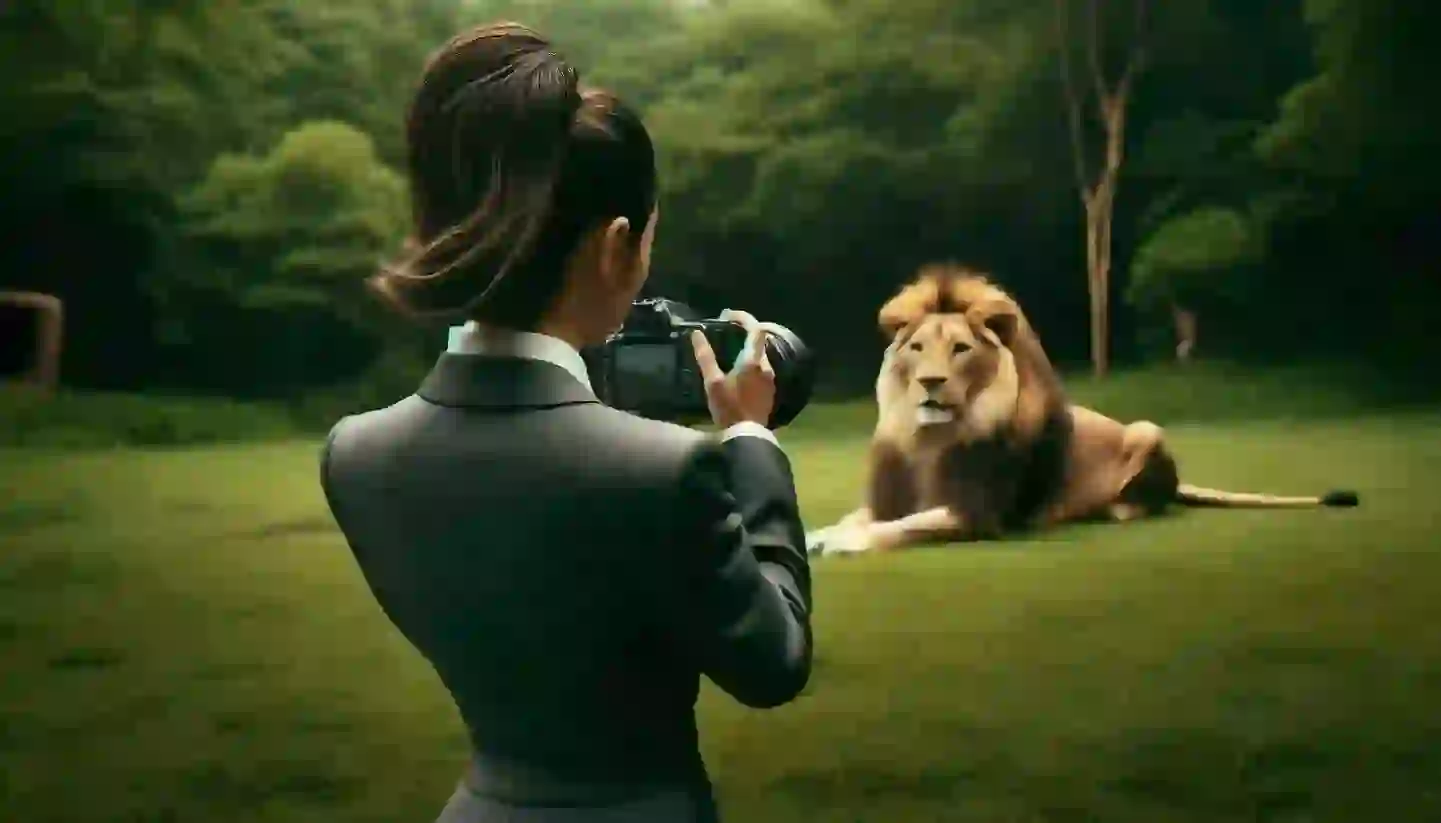
Help Enrich Our Animalbook.jp with Your Media!
We are constantly looking to expand and enrich our Animalbook.jp with amazing photos and videos of animals. If you have any media that you'd like to share, please contribute and help us showcase the beauty and diversity of the animal kingdom. Your submissions will be credited and featured in our encyclopedia, reaching a wide audience of animal lovers.


